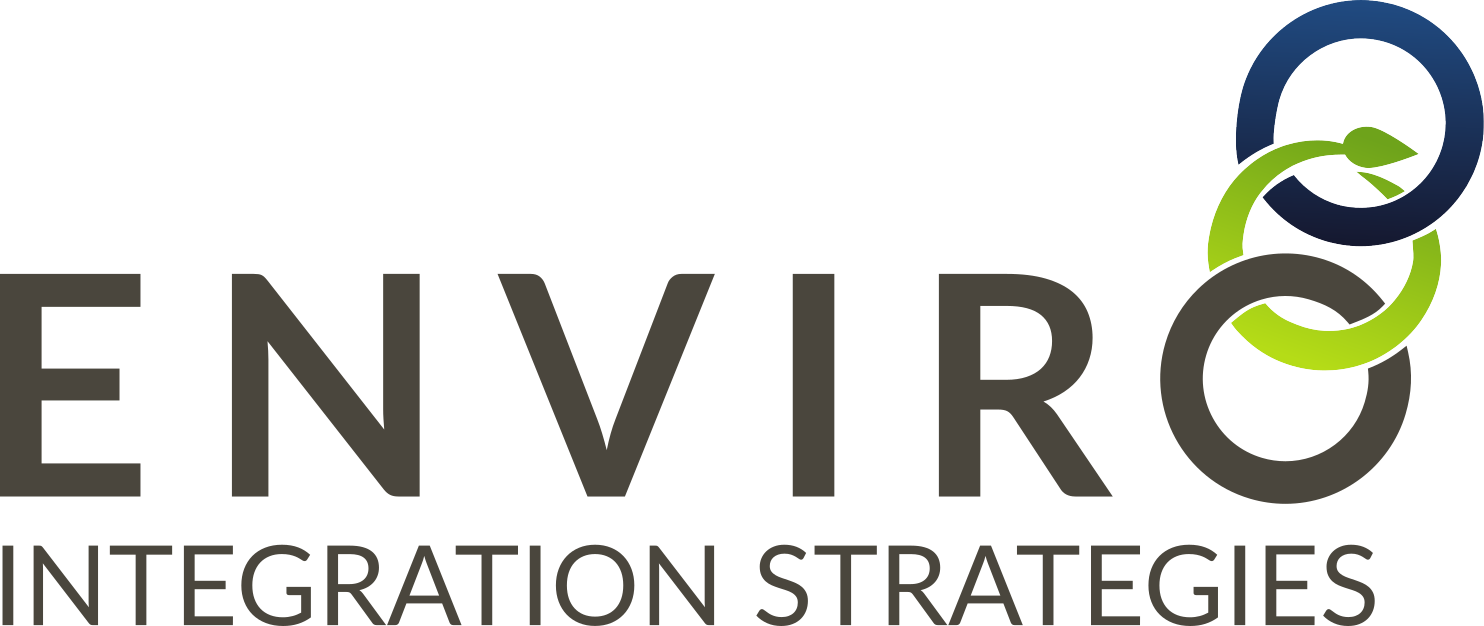Integration for your project's success
Have you ever worked on a project where it seems the project design team just can't understand the requirements set out by the environmental assessment (EA) team? And on the flip side, the EA team doesn't understand (or maybe care) that their requests will impact the project schedule and cost, or that it's too late in the process to change something they are suggesting?
I mean, everyone understands the words plain enough, but the project managers just don't see how to make these things happen within the timelines and budgets already set out, and the EA folks just know that they will have an uphill battle if they are asked to present a project without having addressed these needs? Ultimately, if not planned well with each teams' needs appropriately integrated into the project scope, the project faces a high probability of failure - both in terms of schedule and budget, but often also in terms of gaining approval. And too often this is simply a matter of scientists and engineers not 'speaking the same language,' combined with not engaging each other at an early-enough stage within the project sequencing.
But in order for resource projects to really succeed, to maintain their budgets and a good momentum on their schedules, is for environmental assessment stages, and the respective associated data collection and engagement steps to be fully integrated into said plan from the very start - with a full understanding of what steps are needed throughout the duration of the project, how long each step will take and the associated costs, as well as when to implement each phase. Interdependencies need to be well understood in order to appropriately schedule and cost the project - to reduce the risk of the project's failure.
I just came across this great series of posts on the application of traditional knowledge (ATK) to resource projects, and how the engagement of aboriginal communities and use of ATK in the environmental assessment process impacts a project's success in gaining approval to proceed. It is fast becoming accepted as best practice as, really, who would know better about how to protect the environment and the best ways to restore disturbed lands, to bring natural elements and species back into an area? The key is in ensuring the information is used in the right way, and applied throughout the project stages at the right times.
This group is doing an excellent job, and is something I hope to be more engaged with in the future, especially from the perspective of translating ATK and the environmental protection requirements into the necessary design elements or options that will avoid risks, mitigate impacts, and ensure long-term stability of closure designs, and to help ensure the projects are approved!
For, as implied above, all of the steps discussed in the documented stages of the article are well known by environmental assessment practitioners, however these are less understood by project managers. This is a focus area I have been working on - educating project managers and design teams how to directly align these steps and requirements with the project management and design sequences that project managers and engineers well understand...a collaborative link between two parallel and interdependent worlds.
